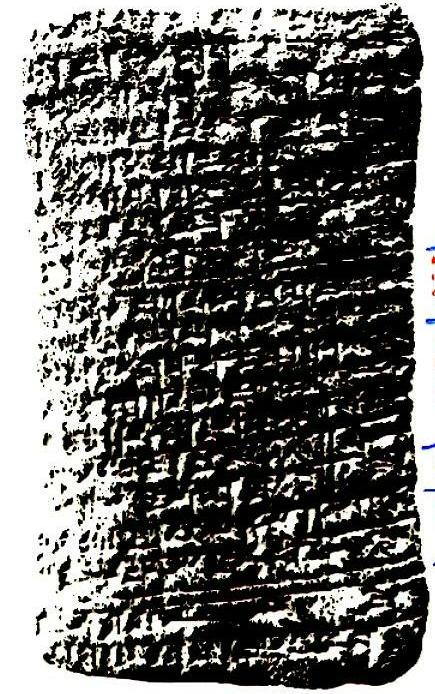Chapter 13 - The World of Atoms
The Exponential Law

Historical Foundations of Exponential Decay
L.J. Curtis, "Concept of the Exponential Decay Law Prior to
1900," Am.J.Phys. 46, 896 (1978).
Named among most
memorable papers from Am.J.Phys., 1933-1990.
Ancient formulations
Introduction
Rhind papyrus
Problem 79
Solution to 7's problem
As I was going to St.Ives
Link to Euclid's formula
Application of Euclid's formula
Series, sum and difference
Louve cuneiform
Doubling time
Perceptive linearization of stimuli
Link to
Weber-Fechner law
Sound
Keyboard
Response of the ear
Sound
Sound
Doppler
Doppler
Doppler
Pythagorean harmony
Link to musical intervals
Link to Tycho's
supernova
Californium or iron?
Biological growth
Link to Malthus
Fibonacci series
Link to Fibonacci series
Phyllotaxis
Link to The Chambered Nautilus
The 17th century: Formulations
Napiers' logarithms
Quadrature of the hyperbola
Conic cuts
Ellipse and hyperbola
Huygens' exponential
Huygens' damped gravitational fall
The 18th century: Applications
Link to Newton's
law of cooling
Bouguer's law
Link to Prony
Laplacian determinism/Social Sciences/Kinetic
THeory
The 19th century: Departures from a pure exponential
Link to logistic curve
Blends
Cascades
Branching
Intermediate reactant
The 20th century: Radioactive decay
Radioactive chain
Rutherford's escutcheon
Exponential growth
The energy crisis
Energy supply estimates
Hubbert's candle
The end is near
Link to Hubbert's peak
Do particles decay or only pristinely disintegrate?
Summary
Theoretical rigor; experimental tests
Outline
(continued)
(continued)
Introduction
Aphorisms
Link to Buddha
Literary wisdom
Link to The Wonderful One-Hoss Shay
Link to A Picture of Dorian Gray
Link to Marcel Proust
Link to "Genuine" random numbers
Status of testing
Link to Published Article
Hypothesis testing
Parameter evaluation
Direct measurements of transition moment
Link to non-exponential quantum tunneling
Simulation study
Specific numerical computation
Models
Simulations
Fits
Results
AMS
Accelerator Mass Spectroscopy (AMS)
Link to AMS
Experimental setup
Comparison of precision
Bristle cone pine; survivors
Suitable isotopes
Cascading
Introduction
Cascades and blends
Cataract
Halflife of dice
Multisided coins
Supported decay
Cascade simulation
Diagrammatic mnemonic
Population equation
Example
Iterate
Diagrams
Cascade order
Application
Single cascade
Indirect cascading
Two hump cascade
Cascade & primary with similar lifetime

